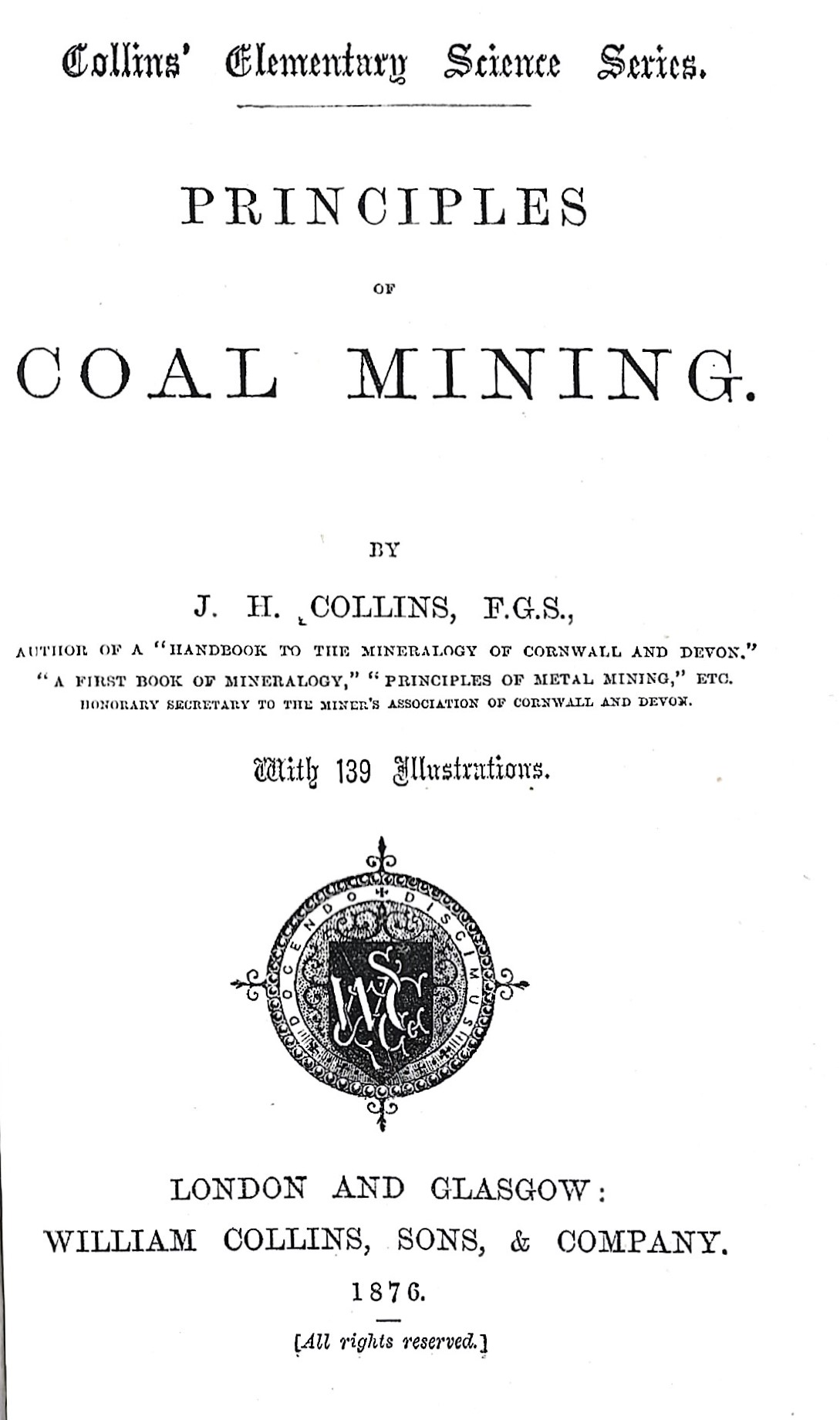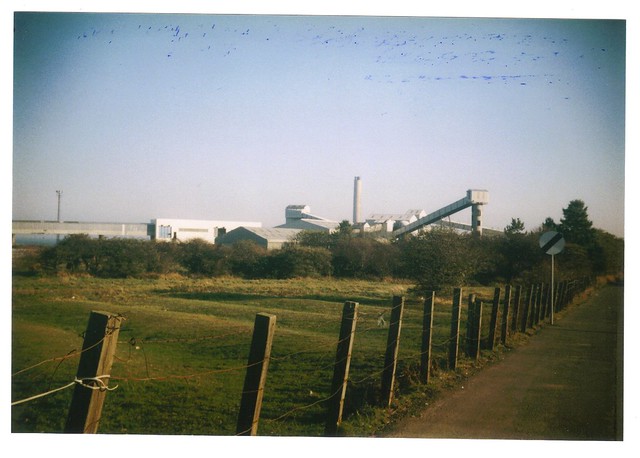Butcher's Coat
Striker
Millions of tonnes of coal deposits still left underneath our coastline marra.China, India and America have something like 500 billion tonnes of proven reserves between them. Then there's Canada, Australia, Germany, Serbia, Russia, Poland and probably a few African countries.



